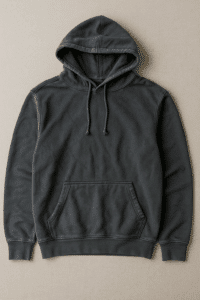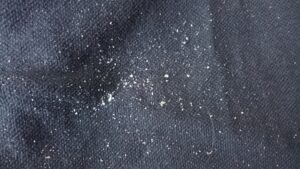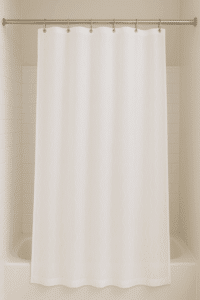How to Dry Dark Clothes
Ever pulled your favorite black hoodie out of the dryer only to find it looking a bit faded or creased? Drying dark clothes the right way can make all the difference in keeping those deep hues vibrant and wrinkle-free. In this guide, we’ll explain how to dry dark clothes for the best results — covering both machine drying and air drying methods. We’ll also share smart tips to prevent fading, shrinkage, and wrinkles (including using that nifty wrinkle release dryer setting or “Wrinkle Away” feature on modern dryers). Whether you’re doing laundry at home in Chicago or using a local service, these neighbor-approved tips will save you time and keep your dark wardrobe looking sharp.
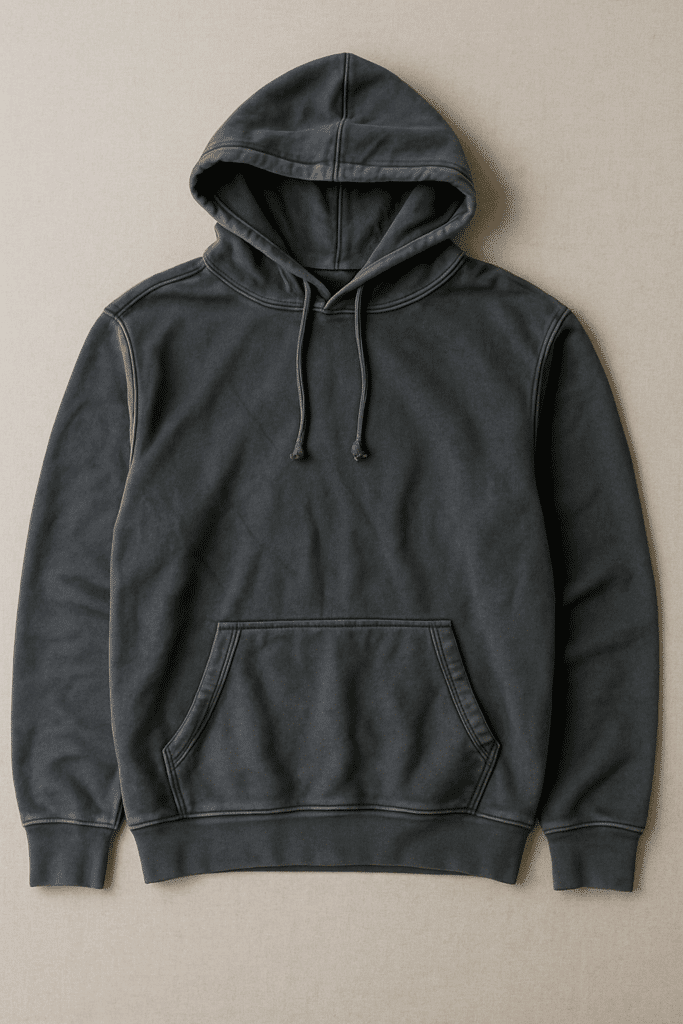
Preparing Dark Clothes for Drying
Before you even toss clothes in the dryer or hang them up, a little prep work goes a long way. Dark fabrics need extra TLC to maintain their color. Here’s how to set the stage for success:
- Check the care labels: Always read the garment’s tag for drying instructions. If it says “air dry” or “tumble dry low,” follow that guidance. Some delicate dark items may even be dry-clean only or hand-wash, so be sure to double-check.
- Sort by color and weight: Dry dark clothes together, separate from light or white items. (Drying whites and darks together can lead to color transfer or lint on dark fabric.) Also, group similar fabric types and weights. Heavy jeans will dry differently than lightweight blouses, and separating them helps prevent unwanted lint or damage.
- Turn garments inside out: This simple trick protects the outer color. The inside of the clothing will take the brunt of heat and friction, which helps preserve the visible side’s color. This is especially useful for dark jeans, printed tees, or any dark item prone to fading.
- Use a high spin to remove moisture: Excess water can make drying take much longer. Before drying, run an extra spin cycle in your washer or gently squeeze out water (for hand-washables). The drier the clothes are going in, the less time they’ll need in the heat.
Machine Drying Dark Clothes
Machine drying is quick and convenient, but dryers run hot — and heat can spell trouble for dark fabrics if you’re not careful. The goal is to dry your clothes efficiently while minimizing exposure to high heat and friction. Here are the best practices for using a dryer on dark clothing:
Use Low Heat and the Right Cycle
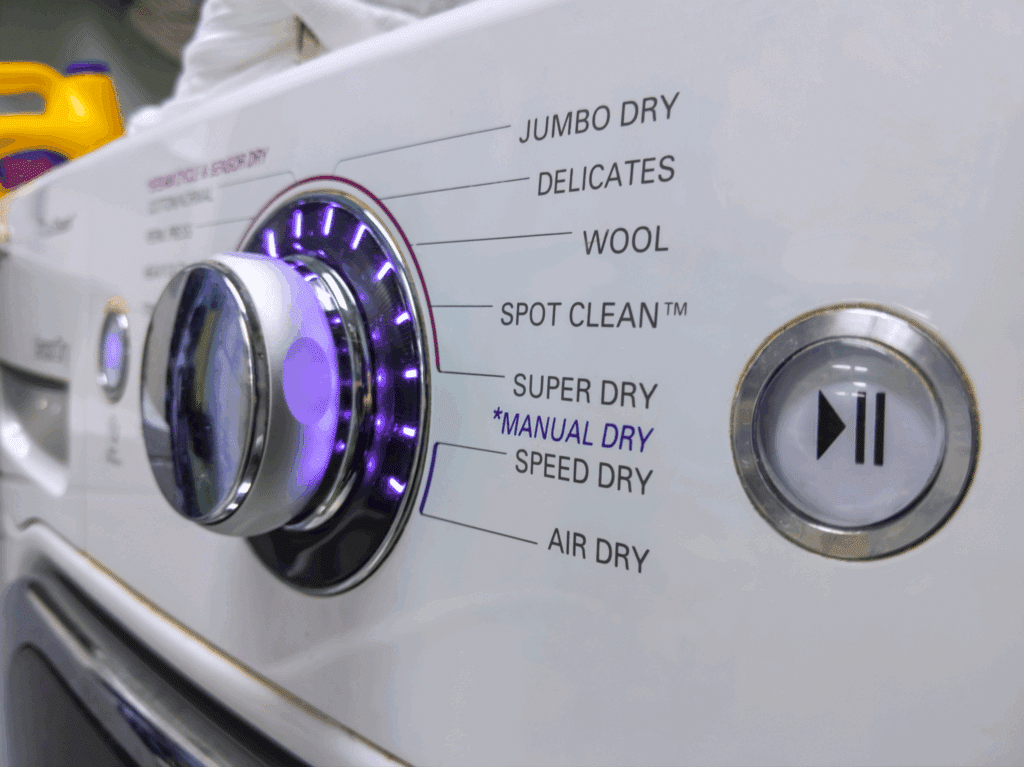
Always set your dryer to a low heat or delicate cycle when drying dark clothes. High heat can cause dark dyes to break down and fade or even shrink fabrics. Many dryers have cycles like “Delicates” or “Permanent Press” (medium heat with a cool-down) that are gentler on clothes. These settings might take a bit longer to get everything dry, but they are well worth it. In fact, experts recommend avoiding over-drying dark garments – it’s better to stop the cycle while clothes are slightly damp than to “bake” them bone-dry. Typically, how long does a dryer cycle take? For a normal load, around 30–40 minutes on medium heat. On low heat, it might be a bit longer, so plan accordingly. The key is to dry just until moisture is gone (or even leave a hint of dampness) to prevent overdrying. If you’re worried about time, remember that a higher spin speed in the washer can shorten dryer time, and splitting very heavy loads into two cycles can help them dry faster and more evenly.
[image 1 alt=”Person removing a load of dark clothes from a dryer, checking if they are still slightly damp”]
Prevent Wrinkles in the Dryer
No one likes emerging from laundry day with a heap of wrinkled clothes. To prevent wrinkles in the dryer, avoid overloading it – clothes need room to tumble freely. When the drum is too packed, fabrics get pressed together and creased. Use moderate load sizes; if you have a lot of dark laundry, consider drying in two batches or using a bigger dryer. (At our self-service laundry, we have large commercial dryers that give clothes plenty of space to fluff up, which really helps reduce wrinkles.) Also, shake out each item before tossing it in – a quick shake helps loosen up folds and can reduce wrinkles once dried (it’s a neat little trick to save ironing time!).
If your dryer has a specialty setting like “Wrinkle Release,” “Wrinkle Shield,” or Samsung’s “Wrinkle Away” steam cycle, take advantage of it. These features periodically tumble or steam the load after the main cycle to keep wrinkles from setting in. They’re a lifesaver if you can’t pull the clothes out immediately. Speaking of which: remove dark clothes promptly when the cycle ends. Letting them sit in a cooled-down dryer for hours will cause deep creases. For best results, pull them out right away and either fold or hang them up. Many modern dryers will even buzz or chime as a reminder – don’t ignore it! And if you do find a few stubborn wrinkles on your dark shirts or pants, toss in a damp washcloth or use the dryer’s wrinkle release option for 10 more minutes, or gently steam them on a hanger. A little extra attention now saves you from wrestling with the ironing board later.
Avoid Overheating and Shrinkage
Dark clothes often include cotton or blended fabrics that can shrink if blasted with high heat for too long. Ever had a pair of black jeans suddenly feel tighter? Overdrying and overheating might be the culprit. As mentioned, aim to remove clothes while they’re slightly damp to the touch. Not only does this help preserve color, but it also prevents that last stage of drying where most shrinkage happens. If you’re unsure, start with a shorter drying time and check the clothes. You can always add 5-10 more minutes if needed. Using dryer balls (or even clean tennis balls) can help tumble and aerate the load, speeding up drying without extra heat. And remember: when in doubt, low and slow is better than hot and fast for dark apparel.
One more pro tip – consider using a “air dry” or tumble-only cycle (no heat) for a few minutes at the end of a low-heat cycle. This cool tumble can relax fabric fibers and knock out the last bit of moisture without overheating. It’s like a cooldown for your clothes, helping prevent both wrinkles and shrinkage.
Air Drying Dark Clothes
When it comes to protecting dark colors, air drying is your best friend. Hanging or laying clothes to dry avoids the heat of the dryer entirely, eliminating a major cause of fading. It’s also gentler on fabrics (and great for your energy bill!). Here’s how to air-dry dark clothes effectively:
Hang Dry (Line Drying or Drying Racks)

Hang your wet dark clothes on a clothesline or drying rack. If you’re drying outside, be mindful of the sun: UV rays can bleach dark fabrics surprisingly fast. (We’ve all seen how a black shirt left in direct sun can turn charcoal gray.) To be safe, dry dark garments in the shade or indoors by a window out of direct sunlight. Turning clothes inside out for line drying is a smart move here as well, adding an extra layer of protection against any light exposure. If using an indoor rack, ensure good airflow in the room — maybe crack a window or run a fan. In humid conditions, a fan or dehumidifier will help prevent that musty “still damp” smell and speed up drying.
Clip clothes to the line or rack loosely to avoid marks. For example, use thick plastic clothespins or hang shirts on hangers to dry. Gravity can help pull some wrinkles out as clothes hang. Give each item a good shake before hanging (just as you would before machine drying) to smooth it out. Air drying takes longer, of course, but it leaves dark fabrics looking fresh and minimizes wear. Here in Chicago, outdoor line drying might not be feasible year-round (winter freeze, anyone?), but an indoor drying rack works in any season. Pro tip: place the rack near a heating vent in winter or outdoors in the shade in summer for quicker results. Your dark clothes will thank you for the gentle treatment!
Flat Drying for Heavy Items
Certain dark garments like heavy sweaters or knits can stretch out of shape if hung while wet. For these, lay them flat on a clean towel or a mesh drying rack. Reshape the item and let it dry flat in a well-ventilated area. This method prevents stretching and is very gentle on fibers. It’s also ideal for any dark item that might be prone to dripping color – although if you washed in cold with color-safe detergent, that shouldn’t be a big issue. Just remember to keep flat-dried pieces away from direct sun as well. It may take a day or more to fully dry thick items, but the trade-off is zero heat damage.
Extra Color Care Tips for Dark Clothes
Keeping dark clothes looking their best isn’t just about the drying stage. It’s about an overall routine that protects color. Here are a few bonus tips to round out your dark-clothing care:
- Wash darks properly: Wash dark garments in cold water with a gentle, color-safe detergent. Avoid harsh chemicals and heavy-duty cycles. A good wash sets the stage for a good dry. (Hot water or aggressive agitation in the washer can start the fading process before the clothes even see the dryer.)
- Prevent color bleeding: If you’re ever unsure about a particular item (say, new dark indigo jeans), wash and dry it separately the first few times. You can even toss a color catcher sheet in the dryer for good measure, which will grab any loose dyes — a small insurance policy for your other clothes (especially helpful if you accidentally mix loads).
- Use fabric softener or dryer sheets sparingly: A fabric softener in the wash or a dryer sheet in the dryer can reduce static and friction, meaning less wear on the fabric (and thus less fading). Just don’t overdo it, as too much residue from softeners can actually dull dark colors. Opt for fragrance-free dryer sheets if you use them, to avoid any possible discoloration from added scents or oils.
- Let clothes breathe between wears: You don’t need to wash (or dry) dark items every single time if they’re not dirty. Frequent laundering causes more wear. Give that black sweater a break — air it out on a hanger after wearing instead of automatically washing it. Fewer wash/dry cycles will keep colors richer longer.
- Proper storage: Store dark clothes in a cool, dry place away from direct sunlight. Long-term exposure to even indirect light can fade fabrics on the shelf or hanger. Keeping the closet lights low and using garment bags for long-term storage (for special dark suits or dresses) can preserve their hue.
How to Dry White Clothes
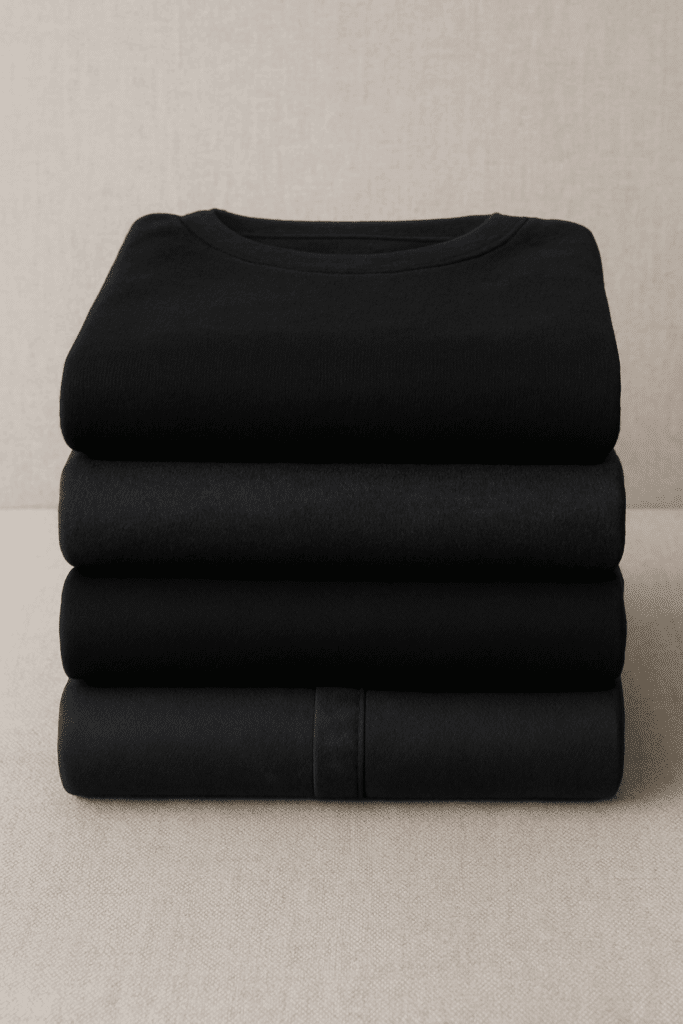
You might be wondering, what about the flip side — how to dry white clothes? Interestingly, the strategy for whites can be a bit different. White and light-colored clothes aren’t at risk of color fading, so they can handle (and even benefit from) sunlight. In fact, hanging white linens or shirts in direct sun can help naturally brighten and whiten them. High heat is still a concern for shrinkage and fabric damage, but you don’t have to worry about whites losing color. Many people dry whites on a medium or higher heat setting and use the sun to bleach out any dinginess. Just remember, even though you can be a bit less cautious with heat for whites, over-drying isn’t great for any fabric. And of course, always keep darks and whites separate in the dryer to avoid dark lint getting on your crispy whites (and vice versa — no one wants a dark sock accidentally tinting a load of white tees gray!). In summary: dry whites with a little more freedom (sunshine and warmer dryer settings are okay), but stick to the low-heat, inside-out, sun-shielded approach for your dark clothes.
When to Opt for Professional Help

Sometimes, the best way to care for your clothes (and save your time) is to let a professional handle the load. If you have delicate dark garments that you’re nervous about shrinking or fading, or you’re just swamped with a mountain of laundry, it might be time to call in reinforcements. Stubborn wrinkles or tricky fabrics (like a silk black blouse or a wool coat) are also good candidates for expert care. A quality cleaner or laundry service will know exactly how to dry those items without damage.
For everyday laundry help, you don’t necessarily need a dry cleaner — a local wash-and-fold service can be a lifesaver. For instance, you can schedule a pick-up & delivery laundry service so you never even have to leave home. Just bag up your darks (and lights), and let the pros do the rest. A good service will wash in cold, dry on low, and fold everything neatly for you. If you prefer dropping off in person, most laundromats (like our own wash & fold counter) will handle your clothes with care and have them ready for you fresh and neatly folded.
And of course, if your dryer is on the fritz or you don’t have one, using a self-service laundry with modern, large machines is a great option. You’ll get access to efficient dryers with delicate settings and wrinkle-release features that home machines might not have. Plus, you can get multiple loads done at once — a real time-saver for busy folks.
At Spincycle Laundry, we’re as clean-obsessed about protecting your clothes as you are. Our team knows dark fabrics inside and out (literally — we turn them inside out!). We never crank up the heat just to rush a job; instead, we use gentle drying techniques that keep your blacks black and your navies navy. Whether you’re folding laundry at home or letting us handle it, the goal is the same: keep your wardrobe looking its best, wear after wear. If you ever need an extra hand with your laundry in Chicago, we’re here to help with neighborly service and a meticulous touch.

